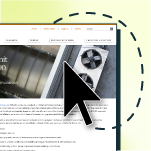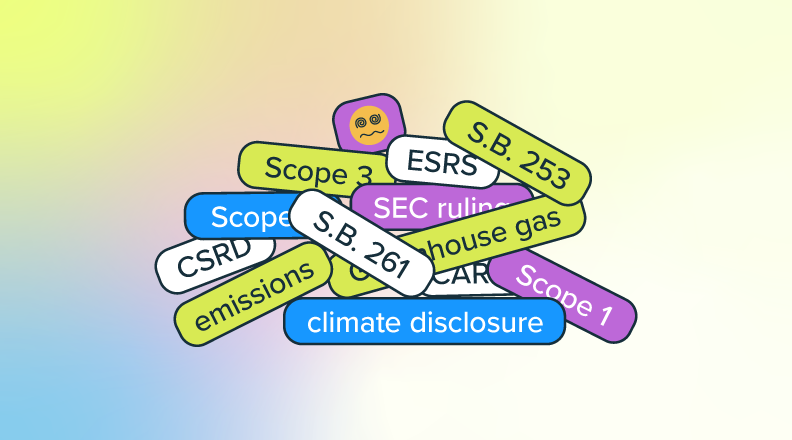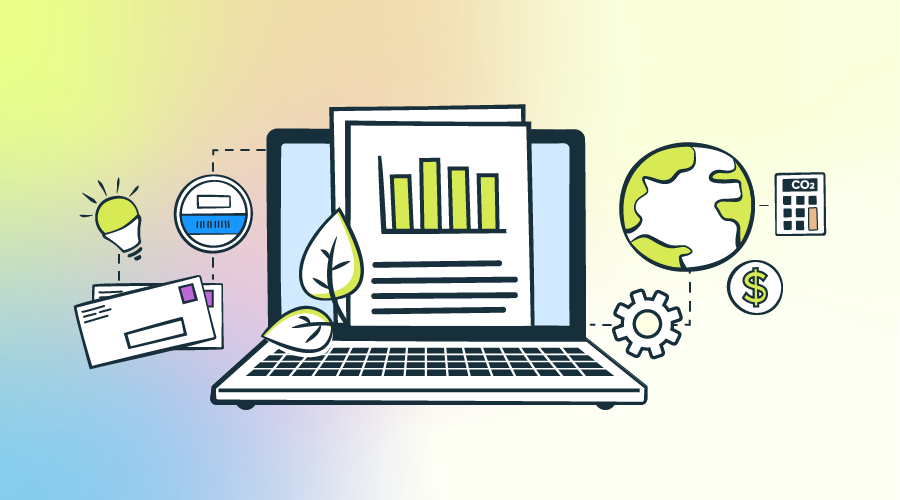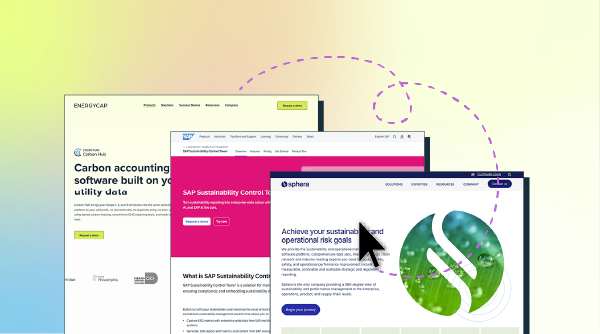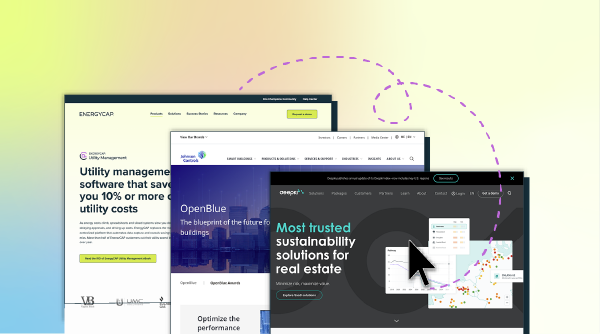Does your university or campus-based organization struggle to obtain detailed energy information for individual buildings? Are you challenged by the complexity of internal energy use & cost allocations (a.k.a., chargebacks)?
Steve Heinz, EnergyCAP, Inc.’s Founder & CEO, addressed the most common campus chargeback hurdles in a presentation at the recent AEE World Energy Conference & Expo, and we’re happy to share Steve’s insight and best practices below.
Energy Information Value Streams
Energy information–accurate energy usage and cost data–is the foundation of effective energy management. Energy information supports activities such as benchmarking, ENERGY STAR, formulation and prioritization of energy conservation measures and measurement & verification of results.
Energy Information Challenges
For many buildings, monthly utility bills are an excellent primary source of energy information…but not so for university, industrial, and military “campuses,” where many buildings are served from an owner-operated utility infrastructure. In these situations, owner-operated metering, data acquisition, and internal billing systems are necessary to provide building-level energy information. It may seem simple enough (albeit expensive) to install a campus-wide metering system, but it’s never that straightforward.
Many universities have a mix of direct vendor-supplied utilities and university-owned distribution systems. Often, service points must be calculated using percentage splits, formulas, and loss/remainder calculations. And usage is usually the simpler part of the monthly utility bill; cost can be an even greater challenge!
Reimbursable and auxiliary facilities such as athletics, food services, dormitories, commercial tenants, externally funded research facilities, and the like usually pay for utilities. Hence, the entire metering and bill creation process can be a multi-million-dollar business. M&V and project economics can’t be evaluated without cost, yet that can be elusive when meters are served from operator-owned cogeneration plants and central systems with complex costing and chargeback considerations.
It’s all too common for a major university to depend on a jumble of Excel spreadsheets, typically the exclusive domain of a single person who is the only one who understands the process. Spreadsheets have major shortcomings in scalability, version control, change logging, and accountability/access to customers.
For example, determining the unit cost or rate structure for university-produced steam can be a multi-step, complex matter. And in addition to the calculation being complex, it must be readily explainable to campus customers whose budgets are charged for monthly utility consumption.
Energy Information Best Practices
As the national leader in campus chargebacks, EnergyCAP version 7 has introduced new features, options, and best practices. In general, chargeback transactions are the result of a Bill Calculation (originated with submeter readings, either month-end or interval data, and often combined with additive or subtractive steps) or a Bill Split (a percentage allocation of a vendor bill or a chargeback bill).
An important tool is Workflow. This best practice allows sequential steps in the chargeback creation process, displays intermediate results, and–most importantly–allows a step to be rolled back when an intermediate result appears unreasonable. This occurs all too frequently due to incorrect submeter readings or meter failures.
Another best practice is data file logging and archiving. Chargeback processes often involve routine file imports from meter data acquisition systems, handheld mobile devices, and even external vendor EDI 810 (electronic utility bills) files.
Energy Information Benefits
When all the challenges of campus energy information are met and properly managed, benefits are substantial:
Revenue. The Facilities Department receives prompt utility bill revenue from auxiliary and reimbursable activities, including appropriate charges for administrative and overhead expenses. (Note: This is often enough to entirely fund the implementation and license fees for EnergyCAP software.)
Budgeting. Detailed and trustworthy energy use and cost information, combined with use vs. weather analytics, provides a useful framework for accurate budget creation.
M&V. The measurement & verification of savings resulting from energy management initiatives is important, and it requires building-specific use and cost data. Did we achieve projected results? Should we do more or less of this type of project? Is the energy measure continuing to produce savings? Did the contractor deliver per contract terms?
Actionable Energy Management Information. Benefits include the following:
- Identify anomalies that require prompt investigation
- Reliable energy use and cost reporting
- Track progress vs. goals and targets
- Benchmark similar facilities
- Prioritize energy management investment opportunities
- Engage and educate students, staff, and faculty
ENERGY STAR. Although available ENERGY STAR ratings are limited for campus facilities, there are some ratable building types, so an automated interface to Portfolio Manager is a big time-saver.
Sustainability Reporting. Most campuses have very active sustainability programs, and energy usage data is a major input.
Download our free eBook, Making the Most of Your Campus Energy Data, to learn more about campus chargebacks and the functionality that makes EnergyCAP the national leader in chargebacks management.


